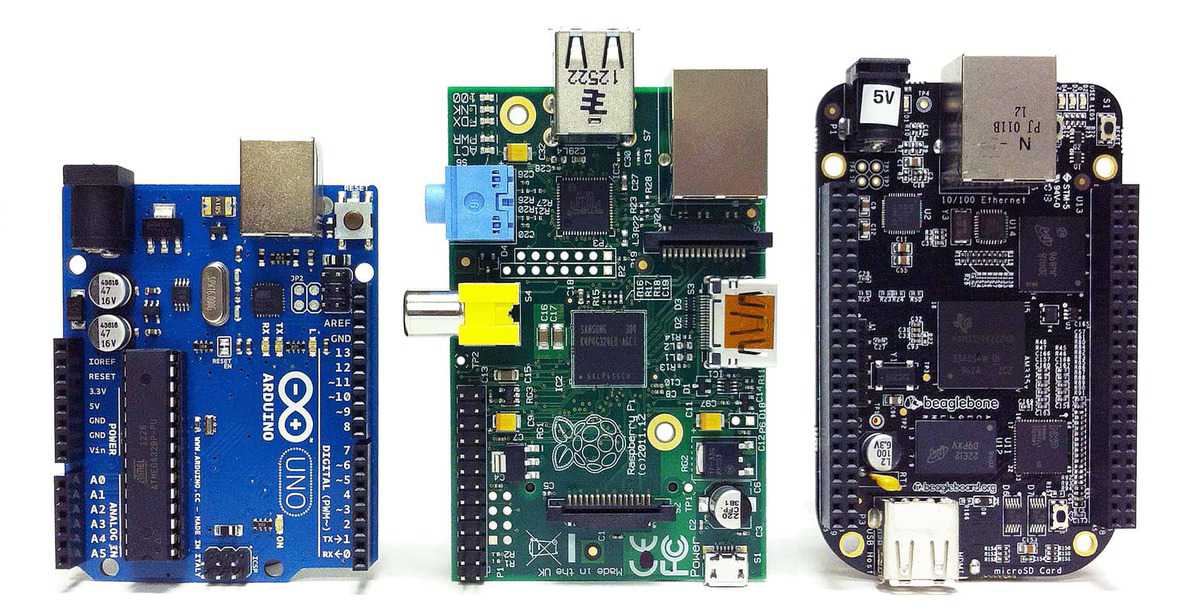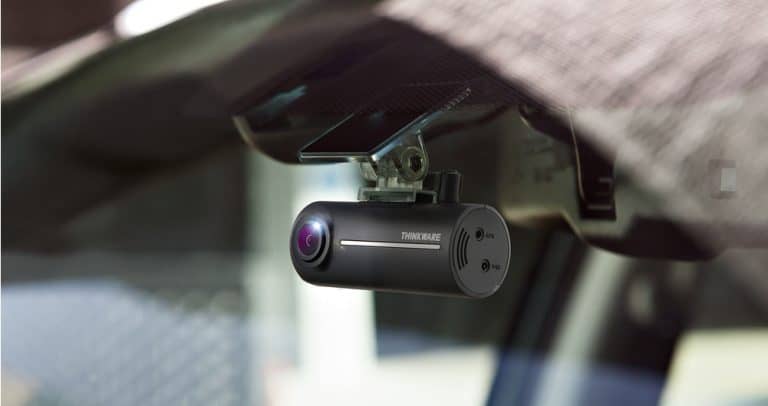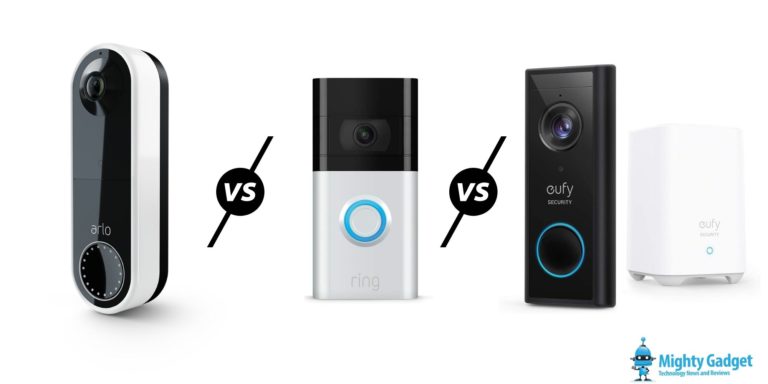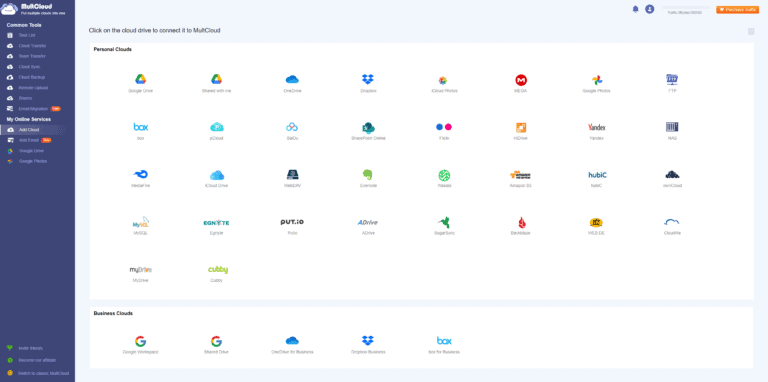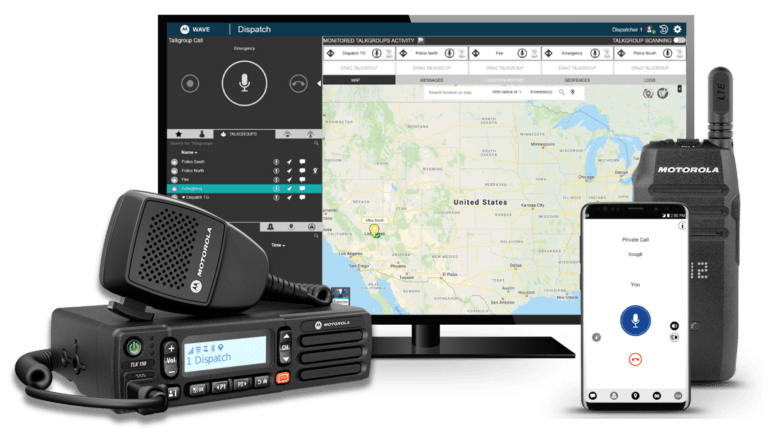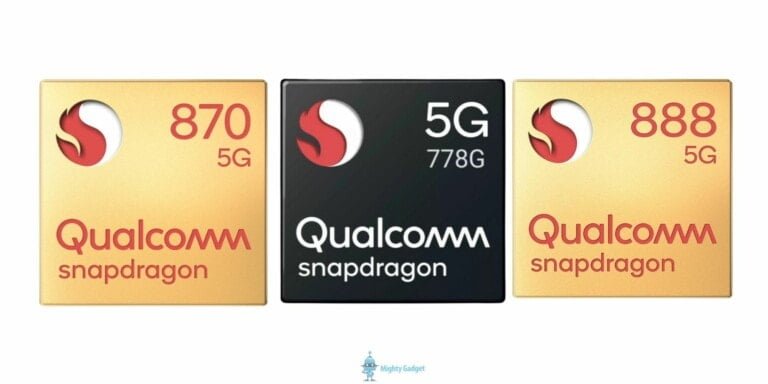Any links to online stores should be assumed to be affiliates. The company or PR agency provides all or most review samples. They have no control over my content, and I provide my honest opinion.
Development boards have had a massive impact in the computing and electronics world. The original Raspberry Pi has inspired a new generation of hobbyist interested in developing electronics and learning to program. These development boards are used by people of all ages, from school kids to adults and even companies developing advanced systems.
Due to the success of the original RPi the available boards available has expanded exponentially. The Raspberry Pi Foundation themselves have 4 main versions of the RPi (1,2,3 and now Zero), all of which are priced different and have slightly different specifications.
Apart from the RPi, 2 other names that get mentioned a lot are Arduino and BeagleBone, but how are they different to the RPi?
Firstly, we need to know what RPi is itself. It is a complete minicomputer that includes a processor, GPU, memory, ethernet/wifi and USB. It needs an operating system to work such as Linux and all the Storage is provided from an SD card. The current RPi3 uses a Broadcom BCM2837 chipset running at 1.2 GHz and has 1 GB LPDDR2 memory.
Unlike the RPi, the Arduino is a microcontroller. A microcontroller is just one tiny part of a computer. The Arduino can be programmed in C, but can’t run an operating system. Because it can not run an operating system, it doesn’t need the amount of power the RPi has, the processor is an ATmega328 clocked at just 16MHz, its ram is 2KB and the built in storage is 32KB.
Beaglebone is similar to the RPi in that it develops a complete computer system and it also has multiple models. The main model is the BeagleBone Black, this uses a Sitara XAM3359 AZCZ100 Cortex A8 Processor from Texas Instruments, it has 512MB of ram, unlike the RPI though, it has its own onboard storage in the form of 4 GB of eMMC Flash. It is typically priced about £10 more than the RPI3.
While the Beaglebone may not be as powerful as the RPi and it is more expensive, where it does outshine the RPi is the connectivity available to it. It has 2 46-pin headers making 92 connections possible, of which many despite being reserved can be reconfigured for use. Out of the 92 connections, the Beaglebone Black has 65 GPIO (General Purpose Input/Output) pins, 2 I2C buses, 2 SPI buses, 7 analogue inputs, 8 PWM outputs, 4 Timers, 4 UARTs and 25 PRU low-latency Input/output. Each digital I/O pin of the Black supports 8 different modes including the GPIO. This level of connectivity makes it good for commercial applications and it can easily be mounted with a DIN Rail Enclosure.
In comparison, the RPi3 (and 2) has a 40 pin header of which there are 24 GPIO, one I2C bus, 2 SPI buses, 8 Ground pins, JTAG, 2 5V power pins and 2 3.3V power pins.
So each platform has very different features. The RPi is probably going to be the best option for anyone wanting to start from scratch and learn to develop systems. It is cheap and has a massive community with thousands of projects available to view, it is a great learning tool.
On the other hand, the other platforms perform better with more specialist tasks. Arduino and its ultra-low power are perfect for Internet of Things style devices that require lots of sensors. Whereas the Beagbone is more suited to complex systems that require a full OS to run functions. Both of these devices excel developing working prototypes before moving onto mass production.
I am James, a UK-based tech enthusiast and the Editor and Owner of Mighty Gadget, which I’ve proudly run since 2007. Passionate about all things technology, my expertise spans from computers and networking to mobile, wearables, and smart home devices.
As a fitness fanatic who loves running and cycling, I also have a keen interest in fitness-related technology, and I take every opportunity to cover this niche on my blog. My diverse interests allow me to bring a unique perspective to tech blogging, merging lifestyle, fitness, and the latest tech trends.
In my academic pursuits, I earned a BSc in Information Systems Design from UCLAN, before advancing my learning with a Master’s Degree in Computing. This advanced study also included Cisco CCNA accreditation, further demonstrating my commitment to understanding and staying ahead of the technology curve.
I’m proud to share that Vuelio has consistently ranked Mighty Gadget as one of the top technology blogs in the UK. With my dedication to technology and drive to share my insights, I aim to continue providing my readers with engaging and informative content.

